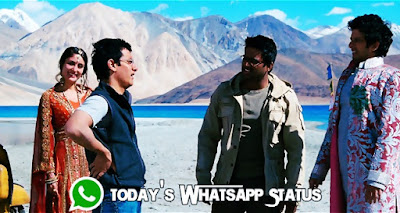We arrived in Port of Spain at the end of the carnival. There were still some cooldown happenings going on, mainly soca parties on the beaches, but the city itself was already suffering from hangover and looking just like Rio de Janeiro after the carnival: it was full of rubbish and sulky people.
Guest houses in the capital were still asking for carnival rip-off prices so we headed to a little village called Toco in the northeastern corner of the island. The seaside is great there, ideal for surfers although there were none around. Tourists seemed to have vanished right after the carnival although the dry season between December-June is supposed to be the high season.
Toco was a lucky choice. It is a famous leatherback turtle nesting site and fortunately we went there outside the season so we did not disturb any turtles. We found a cozy one bedroom holiday house with a big terrace and kitchen costing us less than a cramped and murky closet in a guest house in Port of Spain. We enjoyed our stay walking on the beach and liming (chilling out) in the terrace with lovely cool sea breeze, nature's own air-conditioning.
Trinidad lacks low-end accommodation options and the cheapest rooms that normally cost US$5-10 elsewhere are US$35-50 per night in Trinidad. The island is expensive also otherwise. Food is more expensive than in Europe, especially fruits and vegetables. Public transportation was affordable and offered the best value for money. The 2.5-hour trip from Port of Spain to Toco was 1.5 euro and the big buses were air-conditioned and comfortable. The downside of the public transportation is lack of reliability in remote areas. We waited for the bus in Toco for three hours and we finally had to take a maxitaxi. During those hours there should have been at least two buses going.
From Trinidad we continued to Venezuela with a ferry going once a week on Wednesdays from Chaguaranas, a thirty-minute bus trip from Port of Spain, to Guiria, Venezuela. It was a nice and quick ride, 3.5 hours, and the service was perfect in the Trinidadian side. Once we got to Venezuela, we were immediately reminded of the South-American manana culture. They made passengers wait for a couple of hours for getting their passports stamped and luggage checked. More of Venezuela in our next blog.



















